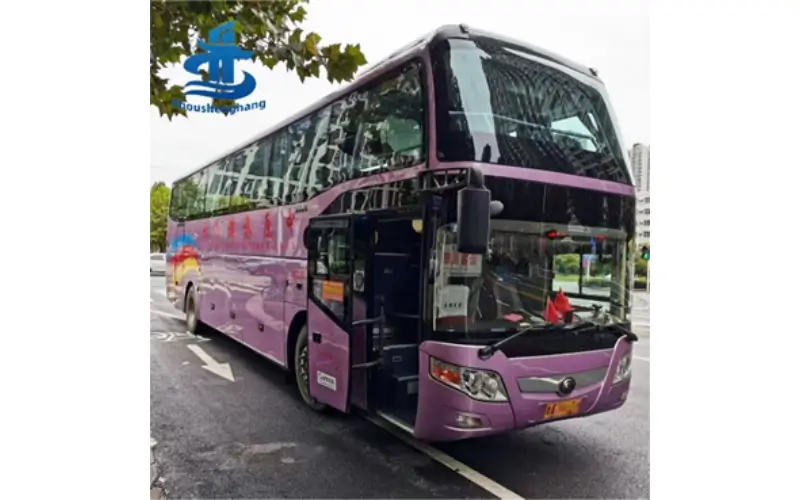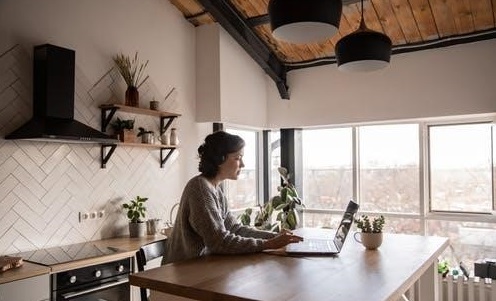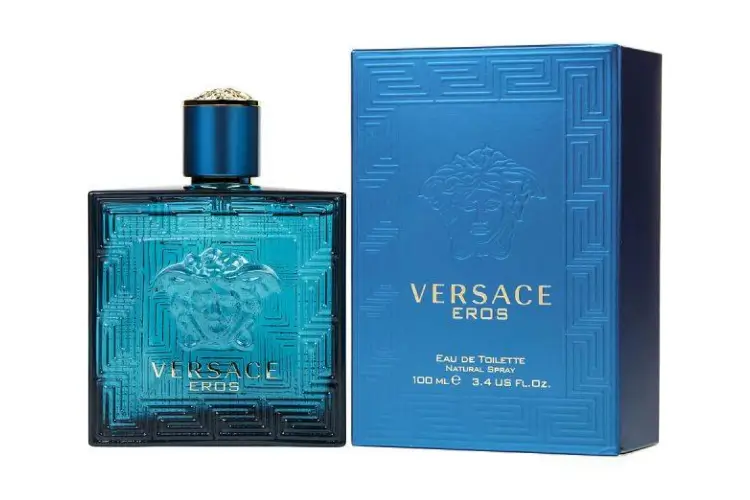Luxury bus conversions combine creativity and sustainability through secondhand bus refurbishing have become popular. Combining vintage bus interiors with modern bus design trends, designers make old buses attractive. This approach reimportantizes outdated cars and encourages sustainable bus refurbishing by reusing resources. Elegant, eco-friendly bus makeovers combine style and utility. Retro bus design trends and boho bus refurbishments give character and appeal to a wide audience. Artistic bus refurbishing and minimalist bus refurbishing demonstrate these projects’ adaptability. Thus, utilized bus refurbishing innovates chic bus renovation styles while lowering waste. Practicality and trendy bus refurbishing ideas redefine luxury in these conversions.

What Are Used Bus Refurbishment Steps?
The condition of a used bus is inspected before refurbishing. Experts assess structural integrity, mechanical systems, and interior wear to determine work scope. Afterward, the planning step designs a layout with vintage bus interiors and retro bus design trends. Designers produce thorough blueprints to make the area useful and attractive.
To renovate the bus, professionals remove the existing interiors after design. This process involves removing old materials and fixing structural faults. New features are installed after the place is ready. While modern bus design trends stress clean and minimalist aesthetics, eco-friendly bus makeovers frequently use sustainable materials.
Elegant finishing touches complete the restoration. Chic bus renovations and artistic bus makeovers realize the design goal. Used buses refurbishing restores ancient buses and creates customized spaces that match the owner’s tastes.
How Much Does Used Bus Refurbishing Cost?
The size, materials, and design complexity of a secondhand bus affect its restoration cost. Larger buses cost more due to materials and manpower. Sustainable materials for eco-friendly bus makeovers or premium finishes for luxury bus conversions can affect budget.
Sustainable bus refurbishing and upcycled bus fashion are affordable possibilities. These methods reuse materials and add simple, attractive details. Minimalist bus refurbishing is one of the most popular and cost-effective solutions to update and modernize a bus.
Higher-end refurbishments are for those who want distinctive, exquisite results. Custom design, high-quality materials, and elaborate features are common in luxury bus conversions. This category also includes boho bus refurbishments. For clientele that value style and exclusivity, these projects stress individual aesthetics and quality craftsmanship. Therefore, renovation costs vary greatly.
What Bus Refurbishment Materials Are Common?
Sustainable materials are used in eco-friendly used bus refurbishment. Reclaimed wood, repurposed metal, and bamboo flooring are popular for lasting, eco-friendly interiors. These materials decrease waste and give the renovated room a natural, pleasant look.
Designers often utilize high-quality upholstery, ornamental lighting, and custom cabinetry for fashionable bus interiors and trendy bus refurbishing ideas. These features improve aesthetics and functionality. Vintage lights and retro-inspired designs bring character and charm to repurposed bus aesthetics.
Modern bus design trends place a strong emphasis on durable and simple materials. Stainless steel, tempered glass, and engineered wood are popular for their durability and style. The restored bus is practical and easy to maintain with these materials. Additionally, minimalist bus refurbishing stresses clean lines and simple layouts for a modern, sophisticated design. The style, longevity, and sustainability of the renovated bus depend on the materials used.
How Long Does Used Bus Refurbishing Take?
Used bus refurbishing timelines vary by scope. Minor interior improvements and functional fixes take a few weeks. These projects focus on key improvements and take less time than complex transformations. Luxury bus conversions, on the other hand, take longer due to their elaborate designs and premium finishing.
Several factors affect refurbishing duration. Repurposed bus aesthetics and artistic bus makeovers are common customizations that delay completion. These elements demand more time due to their intricate craftsmanship and unique design. Adding vintage bus interiors or retro bus design trends can be complicated, especially when finding materials or fittings.
The timeframe also depends on bus size and resource availability. The process takes longer for larger buses due to personnel and material requirements. Eco-friendly bus makeovers or sustainable bus refurbishing may require specialist materials. Thus, each used bus refurbishing project has a different timeline based on complexity, customization, and resource availability.
What Are the Benefits of Used Bus Refurbishing?
Environmentally friendly used bus refurbishment promotes sustainable bus refurbishing. Using existing buses decreases manufacturing. Eco-friendly bus makeovers use recyclable materials and energy-efficient equipment. These initiatives match modern design’s rising sustainability focus.
Another benefit is cost savings over buying a new bus. Furbishing an older bus gives owners a high-quality change at a minimal cost. Upcycled bus fashion is a cheap choice. Trendy bus refurbishing ideas allow owners to build useful and attractive facilities on a budget.
Individually designed designs are also possible with refurbishment. Creative and eclectic boho bus refurbishments offer character and appeal to the interiors. Chic bus renovation styles also emphasize elegance and sophistication. These alterations make the renovated bus unique and reflect the owner’s personality and vision. Thus, used bus refurbishing appeals to many due to its environmental responsibility, financial efficiency, and creative freedom.
Gorgeous Bus Makeovers
By repurposing old buses into beautiful rooms with fashionable bus interiors, luxury bus conversions demonstrate the potential of used bus renovation. These projects frequently include custom layouts, high-end finishes, and distinctive design aspects. Luxurious conversions may use plush chairs, ambient lighting, and quality materials to create a sophisticated and comfortable atmosphere. Such designs demonstrate innovation and workmanship in these stylish bus transformations.
Clean and effective minimalist bus renovation is trendy. Simple designs with neutral colors, elegant furniture, and open layouts are used. Retro bus design trends also inspire changes. Designers typically incorporate vivid patterns, antique fittings, and nostalgic motifs into vintage bus interiors to create a timeless design that appeals to a wide audience.
Trendy bus refurbishing ideas and artistic bus makeovers show these projects’ adaptability. To add character and sustainability, some designs use repurposed bus aesthetics and upcycled decor. Others choose boho bus refurbishments with varied designs, brilliant colors, and natural textures for a warm ambiance. These examples show how used bus refurbishing may create personalized environments for varied tastes.



